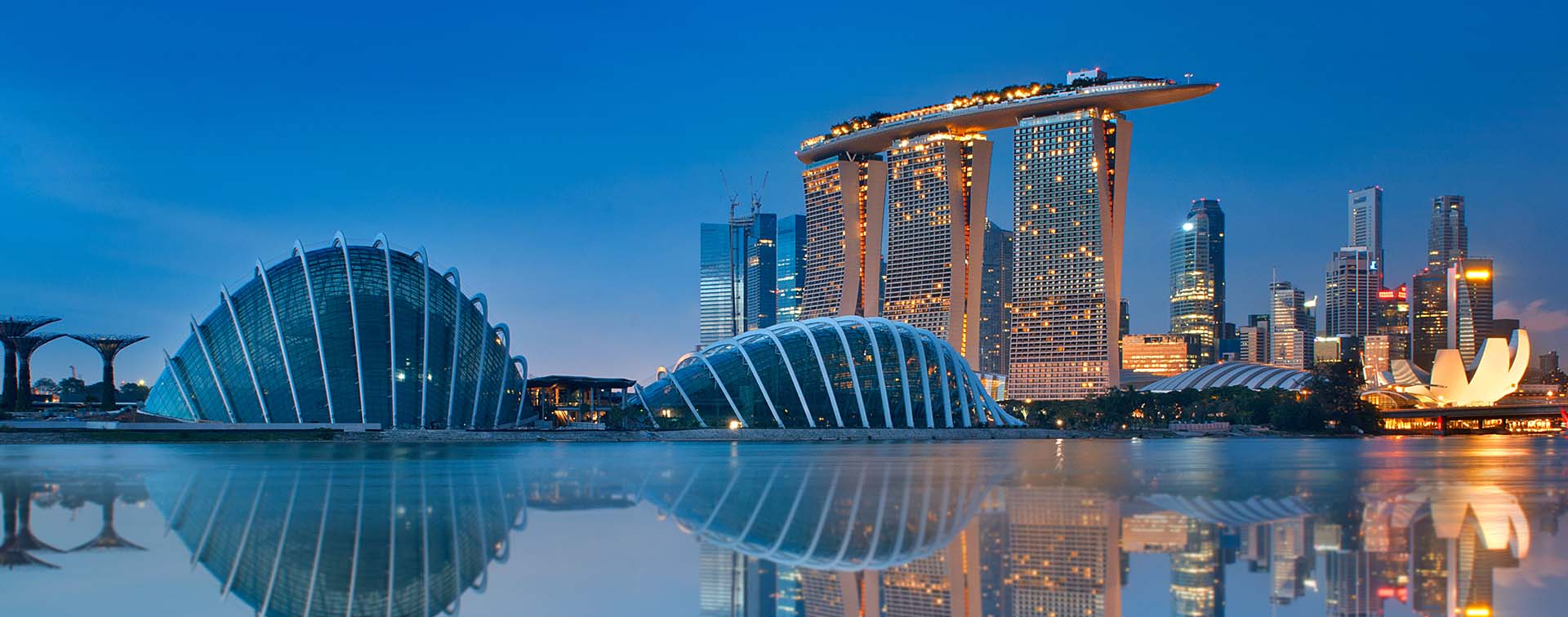
Dr. Parag Khanna is a bestselling author and founder and Chief Executive Officer at AlphaGeo.
Asia’s place in the global wealth hierarchy is not only secure but rapidly expanding and evolving. The region is at the heart of a dramatic reshuffling of millionaire migration patterns and wealth accumulation, with 2025 shaping up to be a year of both consolidation and change.
The numbers are striking. According to the latest projections, a record 142,000 high-net-worth individuals are expected to relocate globally this year, and Asia is both a major source and a prime destination for this mobile wealth.
Among Asian recipients of millionaire inflows, Singapore continues to punch well above its weight. Despite a slight dip compared to previous years, Singapore still holds a spot in the global Top 10, with a net inflow of 1,600 millionaires expected this year. The reasons are clear and compelling: a stable political environment, a sophisticated and well-regulated financial sector, attractive tax policies, and a high standard of living. In a world where uncertainty seems to be the only constant, Singapore’s predictability is gold. Financial giants like UBS and Standard Chartered have spotlighted Singapore’s relentless push to stay ahead, particularly through fintech innovation and top-tier wealth management services. The city-state’s ability to adapt and upgrade its financial infrastructure keeps it a perennial favorite for those seeking both safety and opportunity.

Hong Kong and Japan, though not quite matching Singapore’s gravitational pull, remain significant players in the regional wealth game, attracting net inflows of 800 and 600 millionaires, respectively. Japan’s allure is rooted in its economic stability, cultural richness, and advanced markets. Even as it grapples with demographic challenges, recent government moves to ease immigration and create a more investment-friendly climate are paying dividends. Wealthy individuals, especially from neighboring Asian countries, continue to see Japan as a safe and attractive place to put down roots or park assets.
Hong Kong’s story in 2025 is more nuanced than in recent years. For the first time, the city has entered the global Top 10 for net millionaire inflows. This marks a dramatic reversal from 2019–2022, when Hong Kong was experiencing net outflows following the protests and political uncertainty. According to New World Wealth, Hong Kong is now seeing solid inflows from the rest of Asia, especially as top-earning executives from fast-growing Shenzhen-based hi-tech companies — located just 30 km away — are increasingly basing themselves in the city. While challenges remain, this shift highlights Hong Kong’s enduring appeal as a regional wealth hub and its strategic role as a gateway to China.
China itself presents a fascinating, almost paradoxical picture. For years, the narrative was one of relentless outflows, as wealthy Chinese sought to diversify their assets and secure better futures for their families abroad. But 2025’s data hints at a turning point: the pace of millionaire departures is slowing, with a net outflow of 7,800 millionaires expected. This could be a sign that China’s post-pandemic recovery, coupled with regulatory clarity and new incentives for domestic investment, is restoring some confidence among the country’s elite. Reports from Credit Suisse and Bain suggest that improvements in internal market conditions and investor sentiment are helping to stem the tide. Still, the urge to diversify remains strong, especially given ongoing geopolitical tensions and the desire for global mobility — so don’t expect the outflows to stop entirely.
India, meanwhile, is experiencing a similar, if less dramatic, shift. The number of millionaires leaving the country is declining, with 3,500 expected to relocate this year, thanks in part to a booming tech sector, rising confidence in the domestic economy, and policy reforms aimed at making it easier to do business and invest at home. The Reserve Bank of India’s recent moves to liberalize financial regulations have been well received. Yet, structural challenges persist: regulatory complexity, infrastructure gaps, and concerns about long-term stability continue to push some of India’s wealthy to look for greener pastures abroad, particularly in countries with more predictable legal systems and better global mobility options.
South Korea stands out for bucking the regional trend. Here, the outflow of millionaires is actually projected to double in 2025, to 2,400. Economic pressures, demographic shifts, and persistent tensions on the Korean Peninsula are all contributing factors. Surveys by Knight Frank and Henley & Partners show that Korean high-net-worth individuals are increasingly looking to diversify internationally, with the USA and Canada topping their lists for second homes and new business ventures. Vietnam too has seen an outflow of high-net-worth individuals, primarily to Thailand as well as the USA, Canada, and Australia.
Taiwan’s situation is a study in contrasts. On the one hand, its economy is humming along, powered by world-leading technology sectors like semiconductors and electronics. On the other, rising cross-strait tensions with China are making some of its wealthiest citizens nervous. As a result, there’s a growing interest in migration to places like Australia and Canada, where political stability and personal safety are less of a concern — a net outflow of 100 millionaires is expected this year.
When it comes to wealth creation, Asia is in a league of its own. Over the past decade, China and India have seen their millionaire populations soar by 74% and 72%, respectively (the 6th and 8th highest growth globally), with Taiwan (65%), Singapore (62%), and Thailand (50%) not far behind. This explosive growth is being driven by rapid urbanization, digital transformation, and policies that encourage entrepreneurship and investment. The Asian Development Bank highlights the region’s focus on infrastructure and technology as key drivers of this ongoing boom.
In summary, Asia’s wealth landscape is a dynamic blend of ambition and caution. Singapore and Japan are solidifying their reputations as global wealth havens, while China and India are balancing domestic opportunity with the desire for diversification. South Korea and Taiwan remind us that geopolitics can quickly change the rules of the game. As 2025 unfolds, Asia is set to remain at the center of global wealth trends, shaped by economic dynamism, policy innovation, and the ever-present search for security and growth.